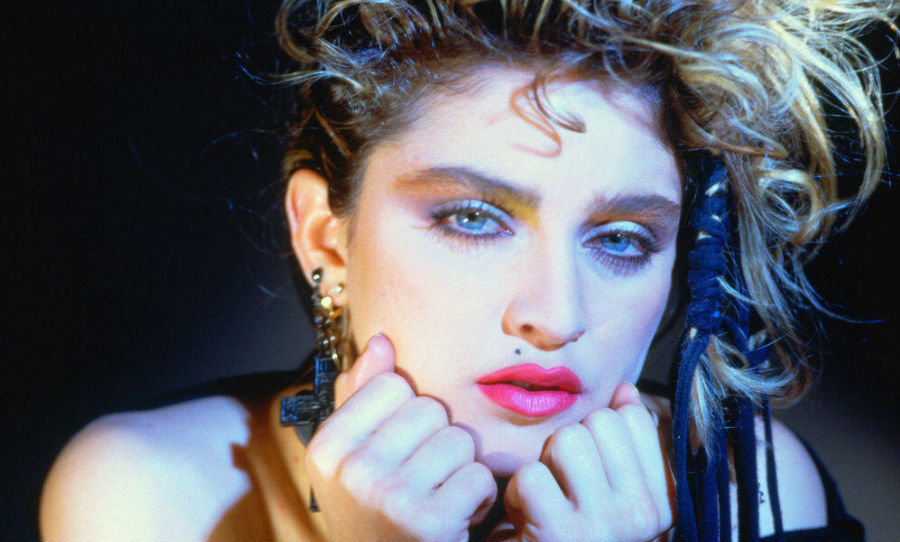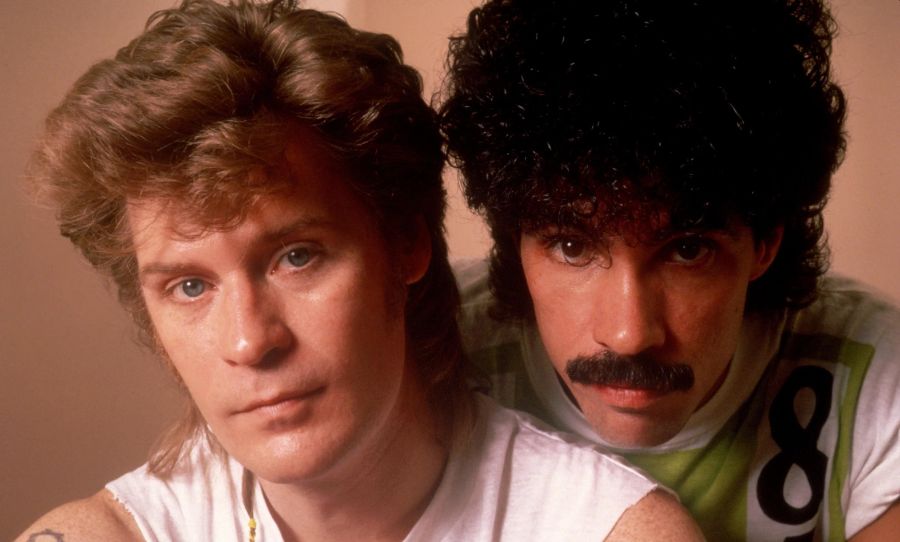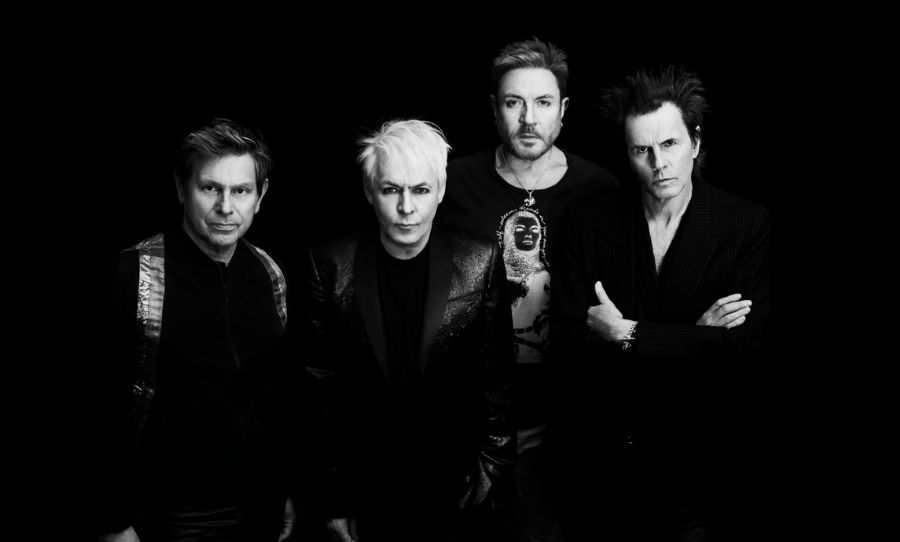If the 1970s was the decade that began the revolution of electronic music, the 1980s was the decade that improved it. The 80s also added new cultural and technological features of its own.
It was a decade of two halves – the experimentation of studio techniques and continuation of the ’70s music culture dominated the first half, while the latter half of the decade is more responsible for the mass democratisation of production equipment and electronic instruments.
If the ’70s paved the way, the early ’80s took music tech to a whole new level. At the crossroads of digital and analog technology, the sky was the limit.
The Winds of Change
The early ’80s was a transitional period for music, featuring genres which found their roots in the ’70s. New wave music took inspiration from punk, but also combined elements of disco music to create something punchy but danceable, as demonstrated by bands such as The B-52s, Talking Heads and New Order.
Disco meanwhile had returned to the underground, and found a new, non-commercial direction thanks to the actions of DJs like Larry Levan. From there it evolved through the hands of Frankie Knuckles and Steve ‘Silk’ Hurley, moving the scene westwards to Chicago to create house music, no doubt helped by the ’70s invention of the 12-inch dance single.
Both new wave and house relied on the early ‘80s penchant for technology, specifically synthesis and effects. While technology such as delay effects, synthesisers and samplers were pioneered in the previous decade (the AMS delay and Moog synths spring to mind), they came into their own in the early part of the decade.
Bringing in the Heavies
Despite the expense of heavyweight samplers like the Fairlight, they were already being used on tracks such as Kate Bush’s Babooshka; where the glass shattering effect you can hear was included thanks to the CMI and Peter Gabriel. Gabriel also made use of the Fairlight CMI for its synthesis effects on his album Melt.
The orchestra hit was one of the backbones of 1980s music, sampled from a copy of Igor Stravinsky’s ‘Firebird Suite’ and used enthusiastically – along with the Technics SL1200 – by a new musical genre which also started in the late ’70s: hip hop.
New Era, New Style
While hip hop began on the streets of New York City in the ‘70s, it exploded early in the following decade with the introduction of the Roland TR-808 drum machine. While it was initially unsuccessful, repeated price slashing by the Japanese electronics company enabled people to pick it up and start experimenting.
One of the first new tracks to come out of this new electronic paradigm was Afrika Bambaataa and the Soul Sonic Force’s Planet Rock. Released in 1981 on Tommy Boy Records, it was one of the first big hits within the in. The 808 and the ORCH 2 sounds of the Fairlight are present within the first few seconds, and the whole track was built out of electronic sounds.
Tommy Boy records’ chairman, Tom Silverman, explained in an interview that when Planet Rock was being recorded at Intergalactic Studio “…for $35 an hour, we had access to a Neve board, a Fairlight, a Memorymoog and a Roland TR-808. That was pretty much all we used…these giant orchestra hits (referring to ORCH 2), we played them in polyphony to make them sound even bigger.”
Planet Rock’s oft-sampled style (the tinny hi hats of the 808, versus the violent staccato of the Fairlight’s orchestra hit) is the result of two big developments in electronic music. And while they were priced at either end of the spectrum, both the use of the 808 and the Fairlight in Planet Rock typifies the sound of ’80s electronica that has provided decades of inspiration.
As for developments in contemporary rock and pop music, there was a lot of electronic cross-pollination occurring at the time. The Clash were one of 1970s punk’s biggest outfits – but in a nod to hip hop, produced the first track of that genre from a white group: The Magnificent Seven from the group’s Sandinista! album – beating Blondie’s Rapture by six weeks.
Happy Accidents
In terms of pop music, one of the biggest changes that came to define the whole decade came courtesy of Peter Gabriel’s Genesis bandmate, Phil Collins and his long time producer, Hugh Padgham.
While Padgham was recording Peter Gabriel’s Melt, Phil Collins was recruited to play drums on the record at Townhouse Studios, West London. While one studio space was more or less conventional, the complex also featured the “Stone Room”, with stone walls that created a highly reflective acoustic environment.
Like many innovations, the archetypal drum sound of this era came about by accident. The control room for the “Stone Room” was equipped with an SSL B Series mixing console and its talkback function was hooked up to an STC 4021 “ball and biscuit” microphone.
The fluke came about from Padgham leaning on the B Series’ talkback button, but because this function was only wired to talk and not record, Padgham asked the studio engineers to reroute the signal, so that it was possible to record from the talkback circuit.
The sound was such a success, Peter Gabriel wrote his opening track to Melt, Intruder, around the punchy sound. “I switched in a noise gate…that’s where the cut-off sound came from”, according to an interview Padgham gave about the sound’s discovery. This technique was later classified as ‘gated reverb.’
The most famous example of the technique is from Collins’ 1981 debut album Face Value, and the track In The Air Tonight – a song that is now synonymous with that epoch.
Back in the Club
As previously mentioned, electronic sounds were the dominant force in the sound of the early ’80s. Nowhere was this more prominent than in club music. While the 808 drum machine was heavily used in hip hop circles, it also found a home in other recordings such as Marvin Gaye’s Sexual Healing. But club music itself had changed by the early ’80s, after the anti-disco backlash of 1979.
Now labelled post-disco, it eschewed the strings and horn sections favoured in the ’70s in favour of a colder electronic sound, creating a hard hitting groove. Post disco was formed in the New York underground club scene, as the retreat from the Saturday Night Fever produced new sounds.
The biggest creative force behind this change was Paradise Garage DJ, Larry Levan, who started the club in 1978. Much like David Mancuso’s The Loft in the ’70s, the ’80s and the Paradise Garage centred on the sound system, which in turn influenced the music that was played on it.
The sound systems, whose centrepiece was named the “Levan Horns”, were built into wooden cabinets designed by Richard Long and Associates (RLA), with up to 1000 watts of power emanating from a cone-shaped driver enclosure.
More Space to Experiment
The physical medium of the musical product also came into play. Consider the 12 inch single, a creation specifically marketed towards DJs. Created by producer Tom Moulton as a way to extend and remix popular songs with the same dynamic range as a 7 inch record, the format was initially developed in the ’70s for use in nightclubs.
In 1983, with the electronic revolution in full swing, the release of New Order’s Blue Monday was a watershed moment. Aside from being the first deliberate 12 inch record, it also incorporated the nascent practice of sampling by reinterpreting Kraftwerk’s Uranium. Within post disco, the use of the 12 inch as a promotional tool exploded, and was a common feature in clubs by that year.
Labels (West End Records, Prelude Records etc) and artists (Class Action, Unlimited Touch, and Jocelyn Brown etc) used the literal extra space a 12 inch record offered to explore the electronic forms of post disco.
For example, a typical A-side of a record would feature a song that could almost be considered radio friendly (save for the length; typically more than four minutes), a post-disco B-side is usually more experimental, giving songs a minimalist sound reminiscent of dub reggae (no accident that many post disco B-sides were marked as a “dub” version).
Hitting the Mainstream
By 1984, the electronic influence in music was being felt. From experimental tracks such as Beat Box by the Art of Noise and Mambo by Wally Badarou, to Axel F by Harold Faltermeyer (from the Beverly Hills Cop soundtrack), music had embraced the versatility of electronic production and sampling techniques, as well as incorporating the clipped sounds of gated reverb mentioned earlier. These techniques, along with gear like Yamaha DX-7, Roland Jupiter 8 and Ensoniq Mirage, had fully infected mainstream pop.
In terms of electronic music, 1984 was a pivotal year, as not only did the aforementioned tracks appear on the scene, but the first stirrings of an entirely new genre was forged from the combination of accessible electronic music production, and building on the club music of the late 70s and the decade so far: House music.
This style took its name from its association with The Warehouse nightclub in Chicago – was built on remixing established ideas of what dance music is. One of, if not the earliest released record was On and On by Jesse Saunders, and features synthesised bass and the familiar click-clack of the Roland 808.
Taking some cues from the previous decade, the early ’80s was also an era when genre defining artists made their own mark, with some going on to be enthusiastically embraced by the mainstream. But onwards we march, for the next five years saw its own critical innovations that help us understand our own place in the timeline of music production.


